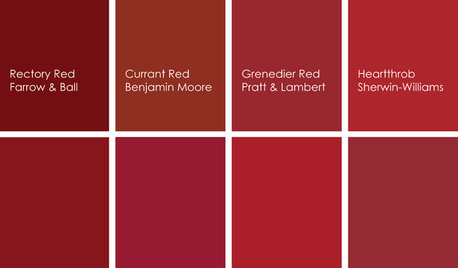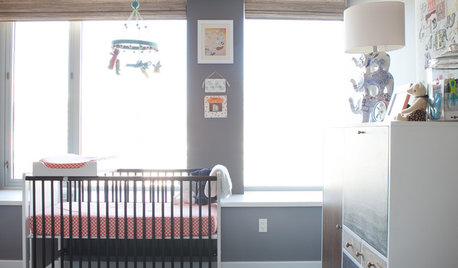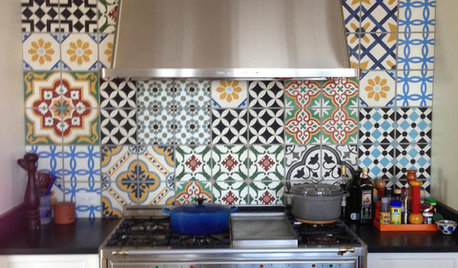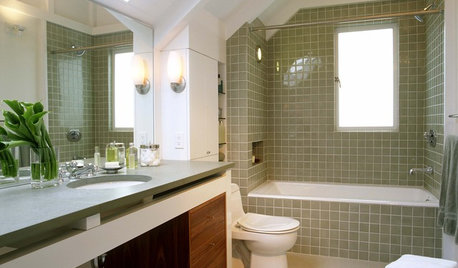Tire Pressure?
Pawprint
18 years ago
Related Stories

HEALTHY HOMEBath Design: Renew Body and Mind With Colorful Light
Take one tired, stressed-out self. Rinse in a shower bathed in blue light (or any color you like). Repeat
Full Story
LIFEImprove Your Love Life With a Romance-Ready Bedroom
Frank talk alert: Intimacy and your bedroom setup go hand in hand, says a clinical sexologist. Here's her advice for an alluring design
Full Story
KITCHEN DESIGNCooking With Color: When to Use Red in the Kitchen
Candy Apple Red, Red Licorice and more for your kitchen walls, cabinets or island? The color choices are as delicious as they sound
Full Story
DECORATING GUIDESStep Away From the Wallpaper: Why Decorating Risks Are Overrated
Want to find your signature style? Try staying inside your comfort zone
Full Story
MOST POPULARFirst Things First: How to Prioritize Home Projects
What to do when you’re contemplating home improvements after a move and you don't know where to begin
Full Story
KIDS’ SPACESFresh Starts: Stripes and Style in a Flexible Nursery
This couple said no to a ton of baby gear and yes to fun and practicality
Full Story
DECORATING GUIDESHow to Decorate With Red
Get inspired to use the color of love and luck in your home's interior design
Full Story
TILESo Many Reasons to Love Cement Tiles
You’ll notice their beautiful patterns right away, but cement tiles have less obvious advantages too
Full Story
FEEL-GOOD HOMESimple Pleasures: Share Supper in the Kitchen
Gather friends but leave the stress behind with a casual kitchen meal that still feels special
Full Story
BATHROOM DESIGN12 Things to Consider for Your Bathroom Remodel
Maybe a tub doesn’t float your boat, but having no threshold is a no-brainer. These points to ponder will help you plan
Full StorySponsored



cowboyind
earthworm
Related Discussions
Compost pickup
Q
Campell Hausfeld compressor
Q
NEWBIES: Terms you need to know, and tools you'll need
Q
Accuracy and tire pressure and nitrogen -again
Q
Don_
earthworm
mikie_gw
vstech
cowboyind
PawprintOriginal Author
jemdandy
cowboyind
mikie_gw
earthworm
gary__
john_
PawprintOriginal Author
cowboyind
gary__
cowboyind
earthworm
gary__
earthworm
mikie_gw
elhelmete
cowboyind
big_mike
worm
gary__
earthworm
mikie_gw